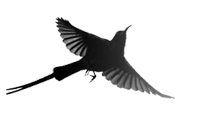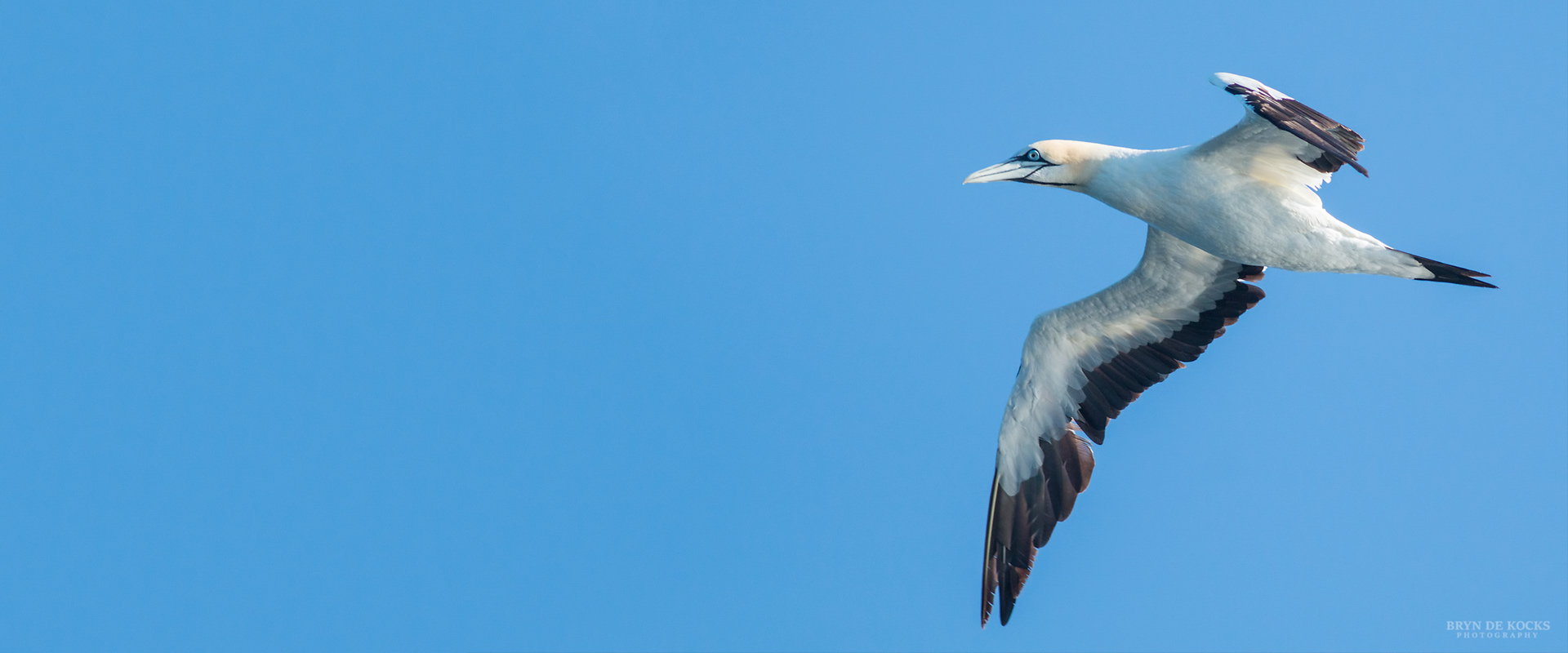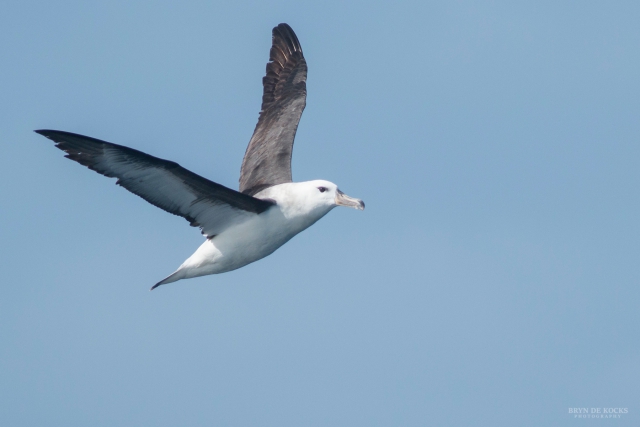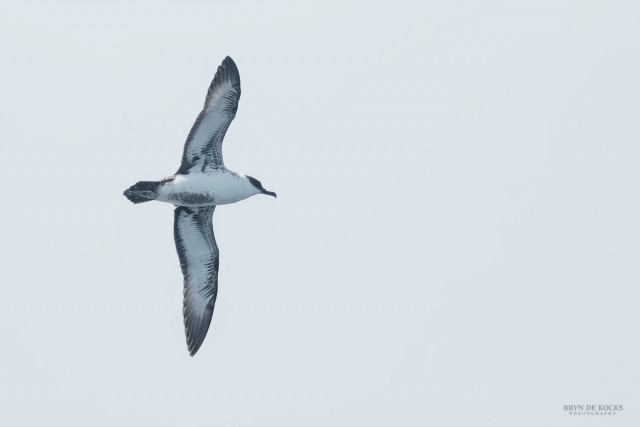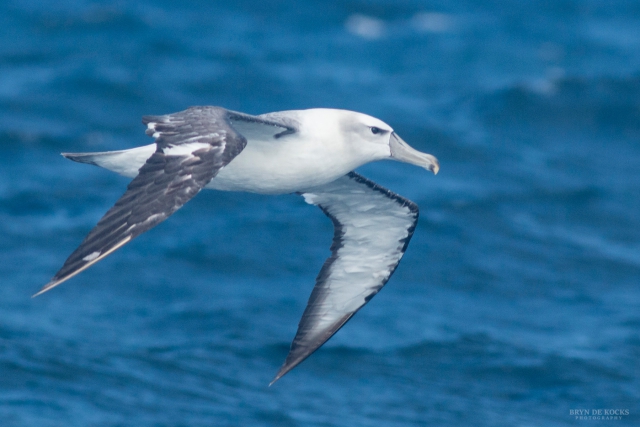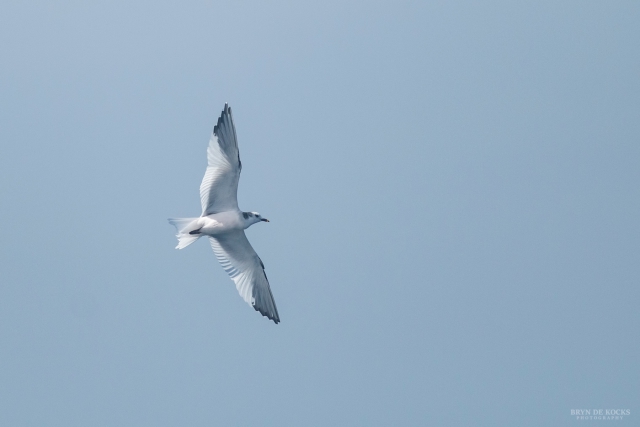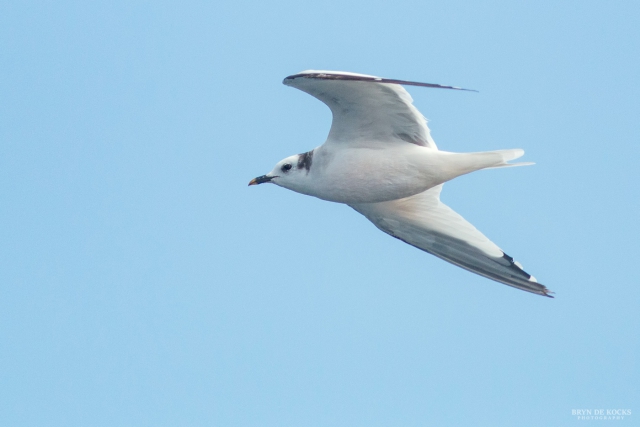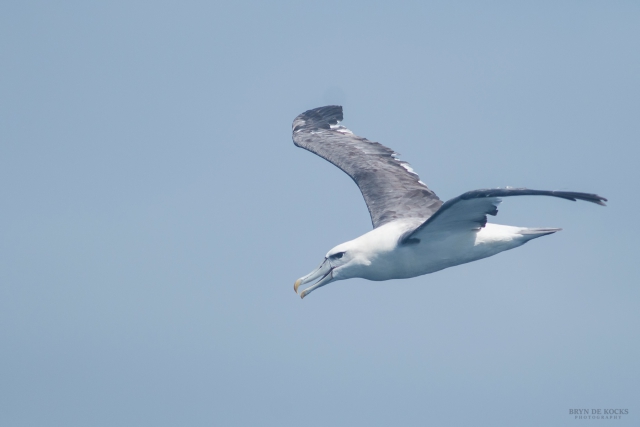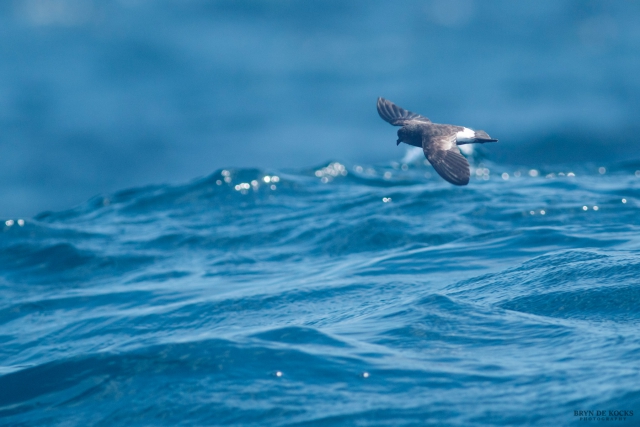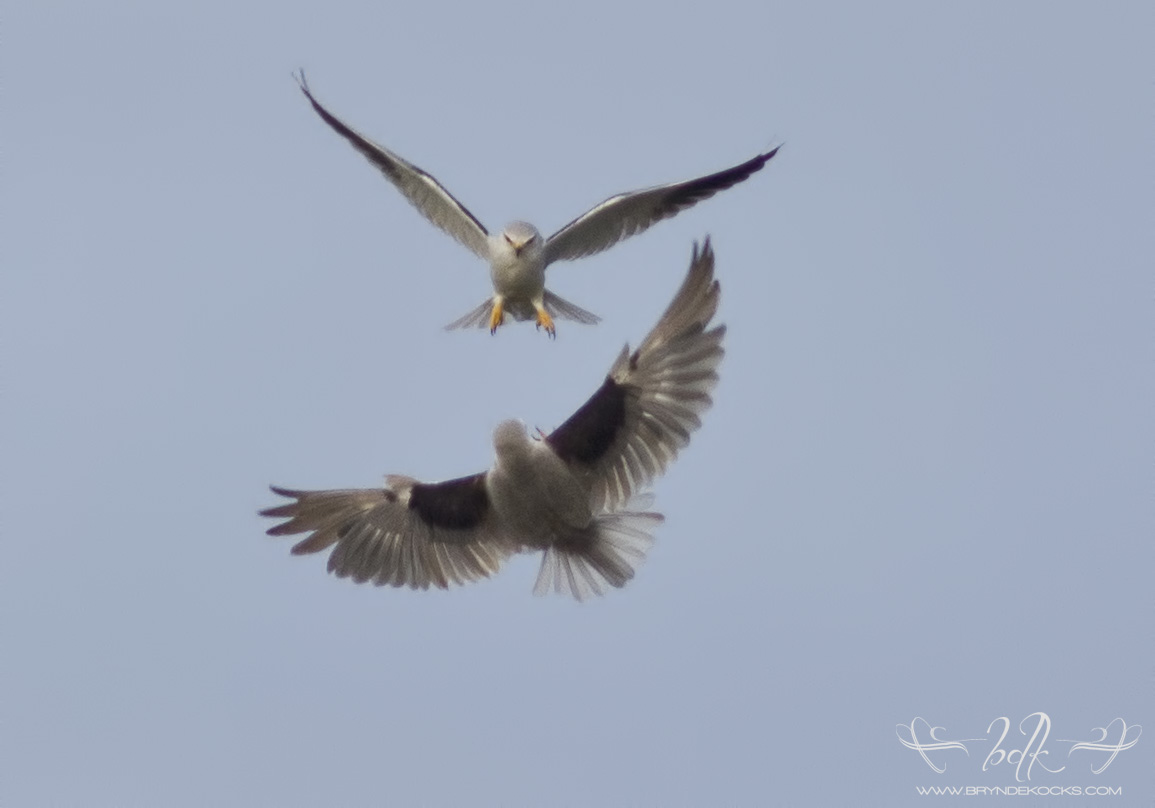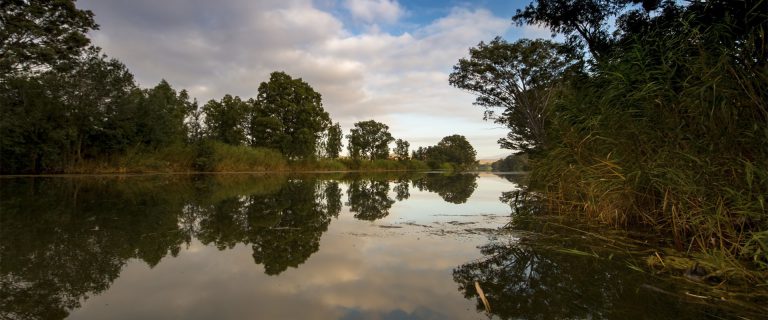Road To 300 – Parasitic Jaeger (291), Sabine’s Gull (292), Atlantic Yellow-Nosed Albatross (293)
This past week I had made plans with Monique, for us to try tick the Lemon Doves at Kirstenbosch Gardens and then head down to Mouille Point in the hopes of catching a glimpse of a Sabine’s Gull over the ocean. On the Friday I was then given a great opportunity to attend a pelagic cruise with Trevor Hardaker and John Graham from Zest for Birds. This would provide a much better chance at seeing some Sabine’s Gulls and at a much better distance. Sabine’s Gull has been a bucket list bird of mine for a few years now and an image of a breeding plumage bird served as my computer wallpaper for over a year at one stage.
An Early Morning
With the boat departing just after 07:00 on Saturday we had to set the alarms for 05:30 as it’s around an hours drive from Somerset West to Simon’s Town. Thankfully at these hours it tends to mean that the traffic is not very rough. The sun was yet to rise when we left Somerset West, though along Baden Powell drive we began to see the road slowly begin to gain features. The weather forecast for the day was extremely good, winds between 5 and 8kt for the morning and small swells.
When we arrived in Simon’s Town, the wind was definitely not as forecast as a strong south-westerly wind swept through the harbour. Despite the wind, one could still feel the forthcoming heat in the air, as the sun slowly rose above the mountains across False Bay.
After greeting familiar faces and signing our waiver, we were on the boat and ready to head off into the unknown. Not the kind of unknown attributed to an abyss, but rather the unknown in terms of what bird life we may experience. Pelagic birding is a craps shoot, while the first trip is bound to net you a great deal of new birds, it becomes more difficult as you do more. Though there is no telling of when something special may be on the cards. That lost Albatross, miles away from its small breeding island in the distance could be waiting just a few miles offshore. Personally, just being around the birds is a great experience. With Monique joining, as her first pelagic, it was tough trying to explain the experience to her and it really is something that one needs to experience for themselves.
The Departure
The winds continued to batter us as we left the harbour, the seas choppy and the spray fairly heavy. It was not known if this would be a local wind that would pass as we moved out of the bay, or whether the forecasts were very wrong. After about 45 minutes on the boat, suddenly conditions settled. The winds dropped to around the forecast strength and the seas subsequently became quieter too.
While we had seen Hartlaub’s and Kelp Gulls within the harbour itself, we began to see some Swift Terns, Sandwich Terns and Cape Cormorants moving across the water. We saw a single Bank Cormorant early into the trip as it perched on a ship marker in the water. A few Cape Gannets began to approach the boat from the wake, veering off into the now bright morning sunshine. A single White-Chinned Petrel was also seen early on by the guides atop the boat.


Once outside of the bay, about 15 minutes from Cape Point, we came across a distant dark morph Parasitic Jaeger. This was my first Parasitic Jaeger and the first new addition to my provincial and life list, taking me up to 291. Its views were short lived, but managed to grab a single shot as it moved off behind the boat in the distance.
We soon started to see White-Chinned Petrels, plenty of them, flying alongside the boat as Cape Gannets and a few Terns passed overhead. Cory’s Shearwater, Great Shearwater and Sooty Shearwater were all present as we moved further off the coast. And at one point we even got a quick view of a Manx Shearwater as it passed on our left, in front of a flock of terns. It was around here that we also got sightings of our first Sabine’s Gull (Number 293 on my life list and provincial list)! Mixed in with the flock of Terns were 5 or 6 individual Sabine’s Gulls, moving just atop the water’s surface. The views weren’t great, but even just seeing their tri-coloured wings was amazing. They remain one of the most attractive sea birds, similar to that of the Pintado’s Petrel in their contrasts of black and white. The yellow tip on the bill is just a bonus. Though these birds are even more attractive while in their breeding plumage.






After a while we got our first sight of an Albatross for the day, an unlikely Atlantic Yellow-Nosed Albatross. Another lifer for me! I had already seen the Indian Yellow-Nosed Albatross before, but had yet to see the Atlantic one. Usually the first Albatross one comes across in the waters are Shy Albatross, but we had both the aforementioned Yellow-Nosed Albatross and a young Black-Browed Albatross before we came across our first Shy.
Chasing the Boats
On our way towards the fishing vessels we encountered greater frequencies of sea birds, with numerous Albatross, Petrels and Shearwater. We also got a few sightings of Arctic Terns, particularly around the fishing vessels. We began to enter an area of cloud which caused some of the images to come out a little washed, as happens when shooting into the sun or without good lighting, though these conditions were intermittent.
We started seeing both European Storm Petrels and Wilson’s Storm Petrels in the area and before long we had numerous individuals giving us excellent views as they passed around the boat. Despite giving us such good views, these birds are almost always tough to photograph, particularly when your autofocus isn’t behaving as it should. One of the biggest challenges is that you may have locked perfect focus and be about to take the photo when a swell will move in front and you’re left with a beautiful photo of the sea, but no bird in sight.




It was here that we also began to see more Sabine’s Gulls! Getting some great views of the birds as they joined in the feeding frenzies surrounding the trawlers. We also picked up an Indian Yellow-Nosed Albatross in the area and watched as he moved between the boats.
The Return
All good things must come to an end and my energy is clearly something good, because I was knackered on the ride back. As amazing as sea birding is, it’s definitely tiring (more so when you’ve taken a Valoid just in case on the way through). But I’ve never slept as good as I have after pelagics. By the end of the trip Monique had amassed more than 10 species to her newly started list and gained new insight into the world of sea birds.
On the ride back I discussed my upcoming Wilderness trip with Trevor and got some good advice on ways to make the most of my trip there, where I’ll hopefully be able to get the last 7 birds that would take me past the 300 mark and into a different territory. After that I get to work my way up the list and become a little competitive. Though with that said, it will always remain about the birds.
We made a slow pass next to a large rock on route back, where a number of Bank Cormorants can be reliably found, often with very good views of the birds and their nests.
Overall, it was a great day at sea and bump up in my provincial list. Thanks again to Trevor and John for having us on board.
Additional Images
